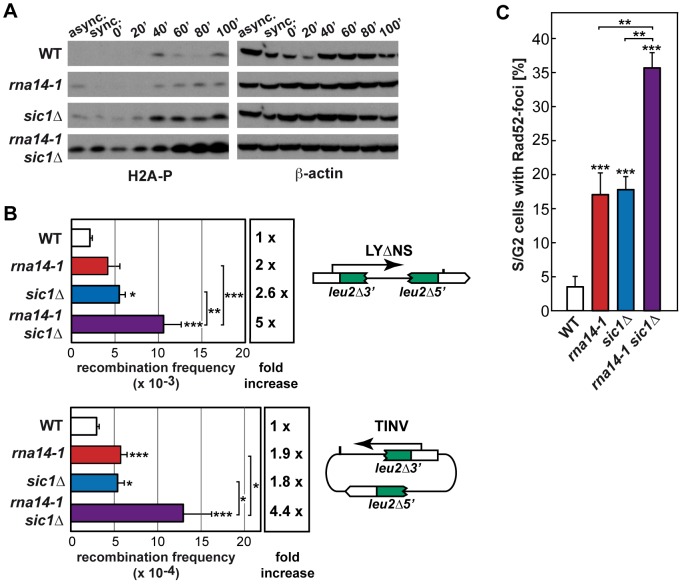Figure 5. Absence of functional G1/S checkpoint leads to DNA damage and genomic instability in rna14-1 cells.
(A) Analysis of phosphorylated histone H2A (H2A-P) accumulation during release from α-factor-mediated G1-arrest in wild-type (WT), rna14-1, sic1Δ and rna14-1 sic1Δ strains. Asynchronous (async.), α-factor synchronized (sync.) and released cells were analysed. β-actin is shown as loading control. FACS analysis of all samples is shown in Figure S7. (B) Recombination analysis using a direct-repeat (LYΔNS) and an inverted-repeat (TINV) plasmid-borne system. A scheme of each system is shown on the right of the corresponding panel. Recombination frequencies were obtained as the median value of six independent colonies. The average and standard deviation of at least three independent fluctuation tests are shown for each genotype. Statistical analyses were performed with a two-tailed unpaired student t-test compared with the wild type. Where indicated, statistical analyses between two mutants were also performed. *p<0.01, **p<0.005, ***p<0.001. (C) Percentage of S/G2 cells containing Rad52-YFP foci. Average of numbers obtained from at least three independent transformants and the corresponding standard deviation are shown. Statistical analyses as in B.

